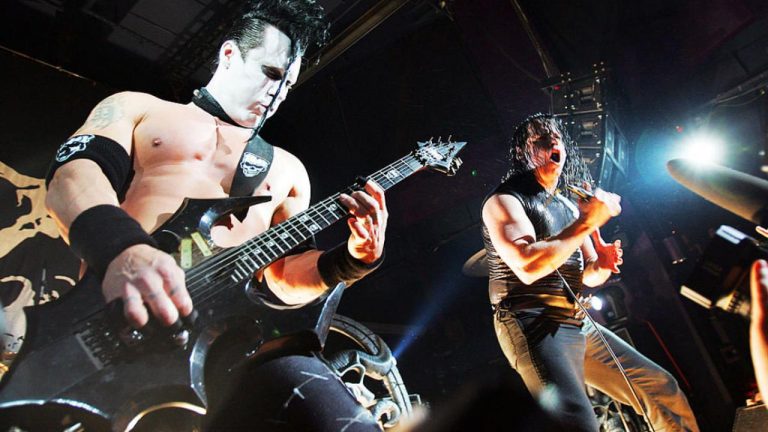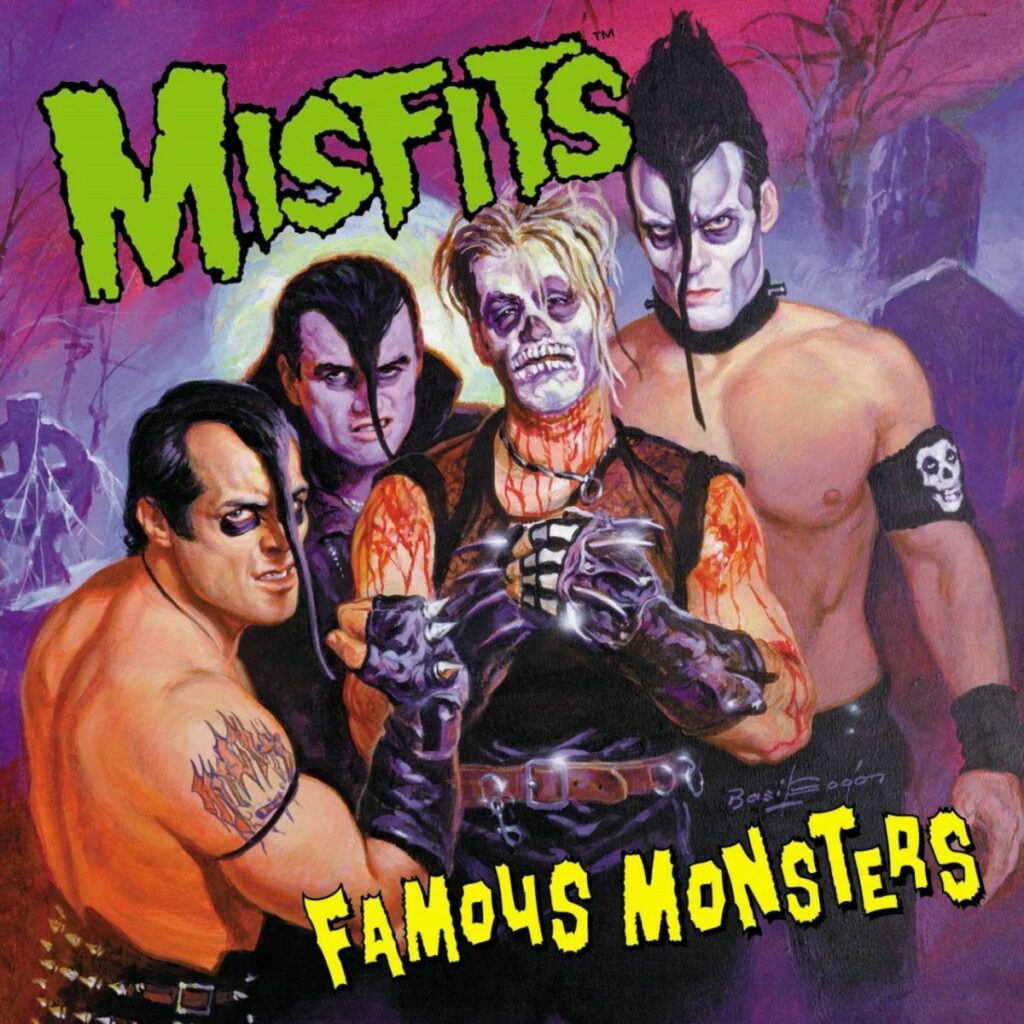A preview of the biography The Misfits, the founding fathers of horror punk, has puzzled many fans of the genre. Just think: the book was published back in 2013, so by definition, this life story of the legendary band cannot be considered “complete.” Therefore, readers will not learn about the eventual reunion of Glenn Danzig, Jerry Only, and Doyle. The story concludes with the band’s least successful album, Devil’s Rain, and the endless disputes involving the aforementioned trio.

The second thing that amused/angered horror punk fans was the mention of Mikhail “Gorshok” Gorshenyov on the cover. Yes, it’s clear that the vocalist, main songwriter, and chief proponent of punk rock in the band “Korol i Shut” did a lot to promote The Misfits. However, for the main audience of KiSh, the famous skull remained nothing more than merchandise that Gorshok somehow promoted (I can say that I personally met fans of Russian rock who mistook T-shirts featuring the Misfits skull for official merchandise of “Korol i Shut” – yes, that happened in the late 90s and early 2000s). The Misfits are indeed a legendary rock band that doesn’t need any promotion. Moreover, it has long been established that no matter how much we promote bands like Ramones, Misfits, NOFX, and other foundational music for any self-respecting punk rocker, it won’t affect fans of Russian rock at all. For them, “Korol i Shut” easily fits into a playlist alongside bands like “Aria,” “Piknik,” and some “Chizh.” But never mind, let’s not dwell on the sad things. Let’s return to the book.
Who can be recommended Greene Jr.’s work? First, it should be noted that the biography is unauthorized. In other words, the author did not manage to get interviews or comments from the main participants of the story. What we have is a collection of quotes from the press, testimonies from secondary figures, and musician fans – for example, Ian MacKaye, the founder of the Straight Edge movement and leader of many cult bands. I don’t think a savvy Misfits fan doesn’t already know all this information; rather, it’s convenient when all these, even familiar fragments, are stitched together into a coherent whole, like a sort of reference guide. For readers like your humble servant, who knows the band’s music well but not much about its history, the book will serve as a true guide to the life and world of The Misfits. So, for a neophyte in terms of the biography of the founding fathers, it would be interesting. The facts are presented and excerpts from interviews are laid out rhythmically; the book is generally short, so you can finish it quickly.

Usually, such books are rife with translation blunders. Here, however, no significant pitfalls were noticed, except that sometimes E.A. Kuritsin slips in some stylistic turns that are not very fitting for the punk scene of New Jersey, such as “the musicians did not lose their creative ingenuity.” They are not portrayed as dark composers of songs about skulls and raped mothers but as pioneers collecting scrap metal. But overall, no serious errors were found. Moreover, if it comes to that, Greene Jr. sometimes confuses details; for instance, he misquoted the discography of the Ramones in one episode. But these are all minor details.
Finally, Greene Jr.’s authorial stance is appealing. He does not treat his idols and heroes without irony, showing the great difference between their fierce outward image and the mundane reality of The Misfits. I don’t want to spoil anything, but the episode with the fried egg is something else!
It’s great that the author managed to step away from the worn-out narrative structure of all rock biographies: the band goes through a period of failures, and in the end, enjoys a prosperous existence and stadiums during a world tour. Here, Glenn and Jerry are constantly pursued by various misfortunes, and the end is nowhere in sight. It’s surprising to learn that even after releasing their second album, The Misfits continued to tour on credit, relying on the money from Kaiafa Sr. (the father of Jerry and Doyle), and their reunion in the 90s turned into a series of constant conflicts among everyone. In general, you can’t help but think about the Misfits’ curse and the fact that true classic horror stories rarely have happy endings…
